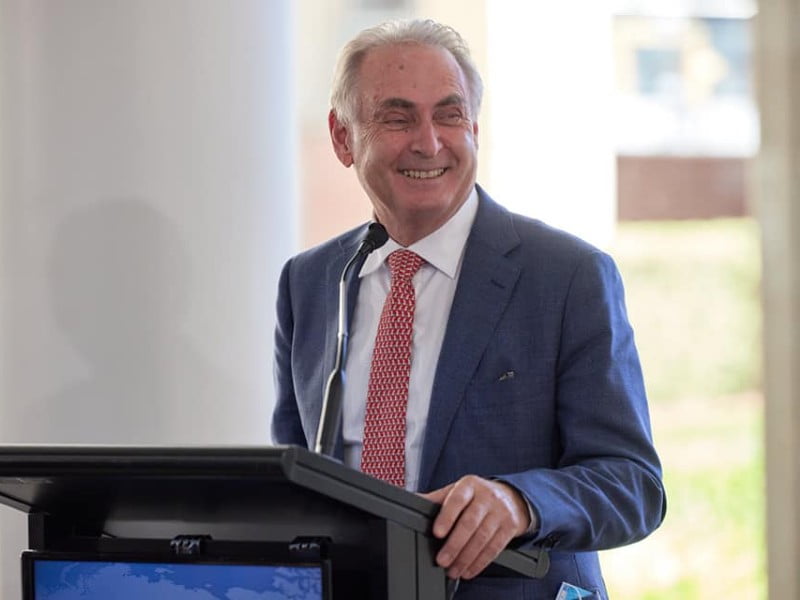Austrade has been tasked with conducting an operational review into its troubled export market development grants scheme, with a report including potential policy refinements to be handed to the new government by November.
New Trade minister Don Farrell announced last week that an operation review of the Export Market Development Grants (EMDG) scheme would be launched immediately, in addition to the legislated five-yearly review of the program, which is due in 2024.
The review comes following ongoing controversy surrounding changes made to the scheme last year by the former Coalition government which saw the size of individual grants fall by up to 80 per cent and nearly twice as many companies applying for the scheme.
“The EMDG program has helped thousands of Australian businesses to take the next step and go global,” Mr Farrell said.
“Unfortunately, due to changes made by the former government we have seen a very successful program become increasingly unpredictable. The Australian government has heard the concerns from businesses about recent changes to the program, and taking action was an election promise.
“This operational review will ensure the Australian government is effectively and efficiently assisting Australian exporters to sell more of their premium products overseas. We’re looking to continue to improve on this program that has been helping Australian businesses since 1974.”

The EMDG program provides funding of up to 50 per cent of eligible export promotion expenses. The last financial year saw the scheme transformed to being a more traditional upfront grants program, and the scrapping of the “export ready” test.
This significantly broadened the scope of the companies which could apply for a grant under the scheme, which is not competitive.
The EMDG has a fixed annual appropriation of $157 million, and with far more companies accessing it in 2021-22, this saw the size of individual grants fall to nearly 80 per cent less than the maximum amount available.
The changes also saw the grants split into three tiers: one for first-time exporters, one for companies looking to expand existing activities and one for companies expanding to a new market. Funding is also made available to representative bodies.
The second round of the EMDG under the controversial changes will likely see a maximum of $15,000 available under tier 1, $24,600 for tier 2, $36,600 for tier 3 and $90,000 for representative bodies. These figures are significantly lower than in previous years.
The operational review will see Austrade engage with current grant recipients and stakeholders to examine the current policy settings, processes, systems and communications. This will include an online survey along with feedback sessions with an independent facilitator.
The final report, which will include policy refinements and implementation enhancements, will be handed to the Labor government by November this year.
The review will also focus on communications and awareness raising, to find “opportunities to improve exporters’ knowledge and understanding” of the program and to explain the “benefits of the shift to an upfront grants payment as opposed to the complexity of the reimbursement process”.
“The recommendations and key deliverables will feasibly inform design elements of EMDG round 3, planned to open in the first quarter of 2023, to allow Austrade to assess applications and plan to offer grant agreements ahead of 1 July 2023,” the terms of reference said.
The terms of reference include the range of factors relating to the management, delivery and outcomes of the program, potential process improvements and policy settings, mapping issues which have generated concern and to understand the program demand and factors driving increased applications.
The final report will provide a “clear and evidence-based picture of EMDG”, the terms of reference said.
Do you know more? Contact James Riley via Email.

